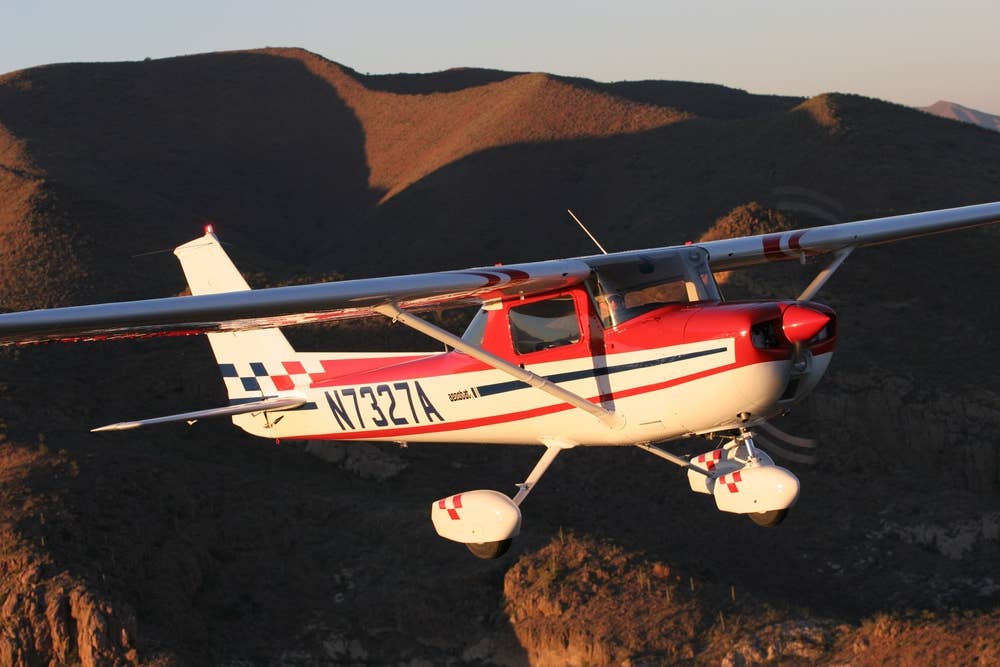Light Sport Category Could Expand Under Proposed FAA Rule Changes
Agency is considering allowing heavier and faster aircraft into popular classification.

Aircraft like the Cessna 150 could qualify in the light sport category under proposed rule changes. [Credit: Shutterstock]
If the buzz of pilots chatting at your local airport seems louder than usual, it probably has something to do with the FAA’s Modernization of Special Airworthiness Certification (MOSAIC) program.
The agency released a preview of its notice of proposed rulemaking (NPRM) for the program, which is aimed at reworking some of the rules governing the light sport category of aircraft.
The 318-page document details the FAA’s proposed changes to rules regarding the manufacture, certification, operation, maintenance, and alteration of light sport aircraft (LSA). The agency emphasizes how the proposed changes would improve safety and other aspects of light sport operations. However, the three elements that so far seem to excite pilots most are maximum takeoff weight, maximum speed, and stall speed.
Under the light sport rules established in 2004, aircraft in the category could weigh no more than 1,320 pounds at takeoff and fly no faster than 120 knots calibrated airspeed, with a stall speed of 45 knots or less. Proposed changes would increase takeoff weight to around 3,000 pounds, raise maximum speed to about 250 knots, and boost the maximum stall speed to 54 knots, depending on a number of factors.
The potential change is significant and could send pilots scrambling for operating handbooks to find out which aircraft could soon qualify for a revised, less-restrictive light sport classification.
The large swath of pilots with affection for the Cessna 140 and 150, along with other aircraft that come close to qualifying for light-sport duty, might be celebrating already. For years they have hoped for changes that might open up the LSA category to these small two-seaters, putting them in the same group with the Aeronca Champs. Piper Cubs and other LSAs, many of them antiques, already qualify. Such aircraft offer an especially economical light sport option. And not to mention the body of new near-LSAs that have come onto the market in the last 20 years.
The possibility of much higher limits also potentially opens the door to larger aircraft, such as Cessna 172s and Piper PA-28s, entering the light sport category, though even as four-seaters they would be limited to two occupants if flown under LSA rules. Essentially any airplane a pilot might have trained in probably would qualify under the proposed rules. Beechcraft Skipper, anyone?
Some aircraft we would not necessarily consider “light” could wind up qualifying. I imagine owners of certain high-performance models checking their V-speeds very closely. Indeed, I wondered about Annie, our Commander 114B. She can fly remarkably slowly, but 54 knots might be just out of range. Still, there might be modifications I could try, like vortex generators, or maybe a STOL kit. I’ll look up the list of STCs.

Sign-up for newsletters & special offers!
Get the latest FLYING stories & special offers delivered directly to your inbox






